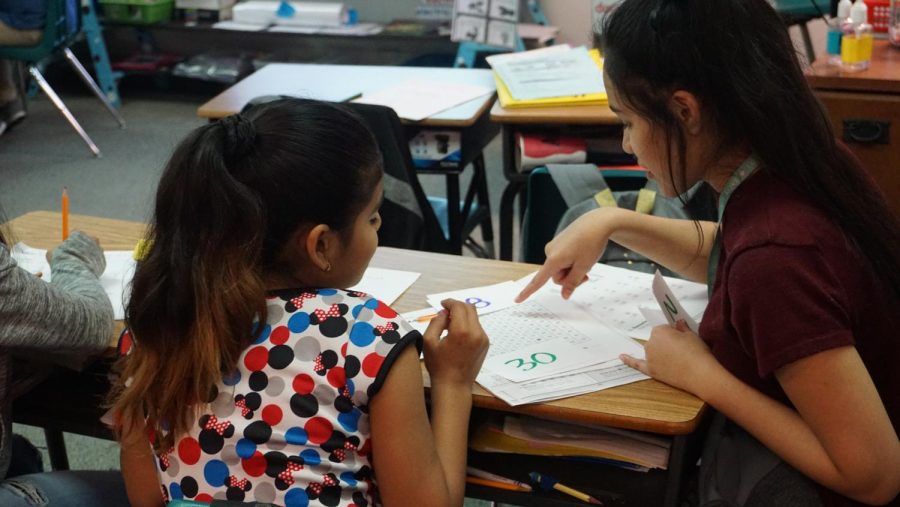The Digital Divide
March 29, 2019
One in five students in America are unable to complete their homework because of the digital divide, according to the Pew Research Center analysis of 2015 U.S. Census Bureau.
Digital divide is the term used to describe unequal access to a high-speed internet connection at home, a new problem that presents an academic disadvantage to low socioeconomic students.
This issue is also referred to as the “homework gap” because not only are the necessary resources online, but the assignments themselves and the means to turn them in are exclusively on the internet.
On our campus, as well as many others, there is a big push for teachers to utilize online resources. Websites such as Google Classroom, Socrative, TurnItIn, and many more are used in classrooms daily. These online resources more efficient and environmentally friendly than traditional textbooks and worksheets. They also hold students accountable because “My dog ate my homework” does not work when the homework is digital.
Not to mention, the modern workforce has become almost completely digital. Providing exposure to online tools early is beneficial to students in the long-run.
Despite all the benefits, schools, including ours, are in a tough spot. Schools are constantly trying to advance their technology to keep up with the times, but that can be detrimental to certain students.





